Behind Rosslyn’s Growth: Q&A with Mary-Claire Burick
Rosslyn, in Northern Virginia, is fast becoming one of the most interesting places in the United States. Located close to the heart of Washington, DC, the neighborhood is home to more than 8 million square feet of office space, more than 2,000 hotel rooms and some of the tallest buildings in the metropolitan area. The Rosslyn Business Improvement District has played an important role in the neighborhood’s transformation into a more exciting commercial and residential community. Mary-Claire Burick has been president of the BID since September 2013 and she has agreed to talk to us about this fascinating neighborhood.
By Adrian Maties, Associate Editor
Rosslyn, Northern Virginia, is fast becoming one of the most interesting places in the United States. Located close to the heart of Washington, D.C., the neighborhood is home to more than 8 million square feet of office space, more than 2,000 hotel rooms and some of the tallest buildings in the metropolitan area.
The Rosslyn Business Improvement District has played an important role in the neighborhood’s transformation into a more exciting commercial and residential community. Mary-Claire Burick, president of the BID since September 2013, agreed to talk to us about this fascinating neighborhood.
Q: What can you tell us about present-day Rosslyn?
A: The headline of present-day Rosslyn has to be the area’s evolution from a commercial center to a premier mixed-use urban neighborhood. With our skyline, Rosslyn is one of the most prominent D.C. metro areas, and we are often associated with the big blue-chip companies whose signs adorn those skyscrapers.
What people have really been talking about lately, however, is our growing residential base and rising restaurant scene. We now have 11,000 residents, with complexes like Slate and Sedona and Turnberry Tower filling in record time. More than 10 restaurants, such as Sip Wine, have opened or signed a lease in Rosslyn this year.
I think the reason behind this momentum is people, particularly Millennials, who want to live, work and visit active, connected urban areas. That’s also a large part behind why industry-leading companies like CEB are consolidating and choosing to locate in Rosslyn.
Q: How has the BID helped improve Rosslyn?
A: The Rosslyn BID was founded in 2003 with the mission to ensure Rosslyn continues to be an exciting urban center. Right now, we are focused on shaping urban design; beautification and streetscape enhancement; improving transportation and retail; and planning community events.
One of the initiatives we are focusing on right now is our Master Streetscape Plan, which is designed to reflect our bold, innovative community identity. The first of its kind in the area, the BID’s streetscaping program takes the vision of the Realize Rosslyn sector plan down to the street level. Unique items of the streetscaping initiative include mobile charging kiosks, wi-fi enabled streetlights and other innovative elements designed to make the neighborhood more walkable, connected and pedestrian-friendly.
Aside from placemaking initiatives, the BID hosts and sponsors a number of exciting events to cater to workers and residents alike. Our film festival attracts 15,000 people per season, and more than 8,000 people attend our annual jazz festival each year.
The BID is constantly brainstorming new ways to accommodate Rosslyn’s growing, active community. In fact, Rosslyn’s first pop-up beer garden – held at Plaza on 19th and hosted by the BID and the Continental Pool Lounge this October – was a huge success, attracting more than 600 attendees.
Q: What do you have planned for the future?
A: In the past year, Rosslyn has added 85,000 square feel of retail space, and we’re still growing! By 2030, Rosslyn is expected to have 4,000 new residents, 15,000 new jobs, 2,740 additional residential units and 200,000 additional square feet of retail space.
In terms of the near future, Rosslyn’s Central Place will be a mixed-use development across from the metro stop, adding 800 jobs and 377 residential units to the area. Expected to deliver in 2017, Central Place will include a plaza featuring outdoor seating, space for community events and a splash fountain, as well as the region’s only public observation deck – 470 feet above sea level, with panoramic views of the entire metro area.
Coupled with Arlington Cemetery, Iwo Jima and the Netherlands Carillon, the Observation Deck could be another tipping point for Rosslyn and attract even more tourists to the area.
Q: Last summer, Politico moved its headquarters to Rosslyn. This year, The Washington Free Beacon signed a lease for space at 1000 Wilson Blvd. with plans to do the same, and we already know that several other media organizations also call the area home. Would you say Rosslyn is turning into a media hub?
A: I think your characterization of Rosslyn as a media hub is accurate; it’s a label we are hearing a lot of people use when talking about the area. Rosslyn is home to WJLA-TV, Politico, Washington Business Journal, ARLnow.com, Graham Holdings (owner of Slate, theRoot and Foreign Policy), and now Washington Free Beacon—so we definitely have a large concentration of media businesses, perhaps the largest of any neighborhood in the region.
For the media, it’s all about access, so Rosslyn’s location is a major factor in why so many media companies are here. Rosslyn allows their reporters to cover breaking news anywhere in the area quickly, and they also have access to the concentration of blue-chip businesses and decision makers that are here, as well. The Washington Free Beacon also mentioned they were attracted by our expanding restaurant and bar scene.
We’ve found related businesses like to be located near each other, which is particularly applicable with the recent news that Gannett is considering moving from their Tysons headquarters. I think Rosslyn has a lot to offer them in terms of being closer to the story and being amid their peers.
Q: Newspapers aren’t the only ones moving in. Tech companies and financial firms are doing the same. What do you think attracts them to Rosslyn?
A: The talent pool and innovative energy within Rosslyn is virtually unmatched in any other commercial market in the U.S. As companies increasingly seek highly intellectual local talent, a new wave of tech-savvy, creative and high-growth companies have come to call Rosslyn home. For example, CoBro Ventures, a fast-growing and innovative management firm of a portfolio of companies, recently signed a lease for 5,808 square feet of headquarters office space in one of Rosslyn’s trophy “Twin Towers.”
From a financial standpoint, Rosslyn is a more affordable option compared to D.C. due to the lower rent structure, operating costs and local taxes. In fact, the property tax rate is typically 38 percent lower than the district, and with its easy access to D.C., Rosslyn offers a prime location for businesses, as employees are able to spend less time traveling and more time working or billing.
I also think many tech and financial companies are seeing the success their peers are experiencing in Rosslyn. For example, Riveron Consulting, a Dallas-based financial firm, doubled its space in just one year, recently signing a new lease for 10,000 square feet at 1000 Wilson Blvd.
Q: Last fall, Livability.com ranked Arlington as the third-best place to live in the United States. The Rosslyn-Ballston Corridor – with its mix of retail, residential, offices and government buildings – played an important part in their decision. Do you agree?
A: The Rosslyn-Ballston Corridor played a huge part in their decision. The RB corridor has the highest concentration of Millennials in the country, and the community is incredibly connected and engaged. Being accessible and connected plays such a large role in the attractiveness of a community – no one wants to spend a large chunk of their day commuting in a car anymore. The RB corridor is a transportation hub, and Rosslyn in particular is closer to D.C. than many parts of D.C.
I think the Arlington County local government also has played a large role in this ranking. For the RB corridor to be such a vibrant, active place, it’s really critical for the county to be a collaborative partner with local communities and responsive to their needs. The county has been putting a lot of thought into how policies and regulations can provide the space for placemakers and communities to innovate. Without that flexibility and shared vision, the RB corridor could become just another submarket.

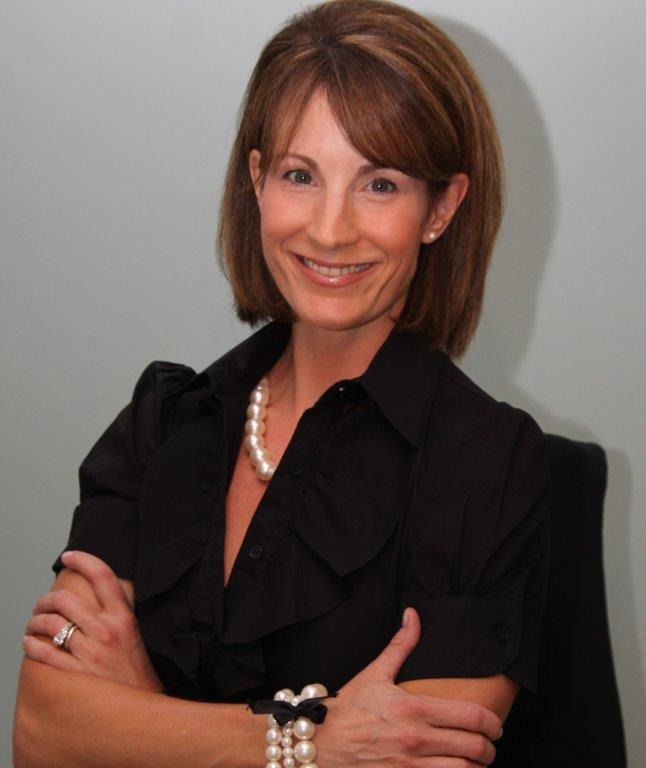
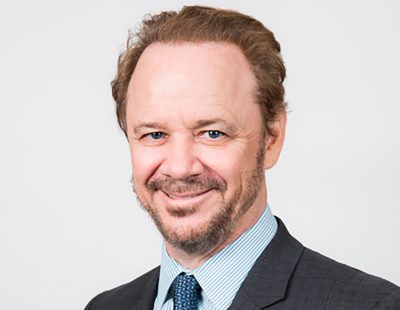

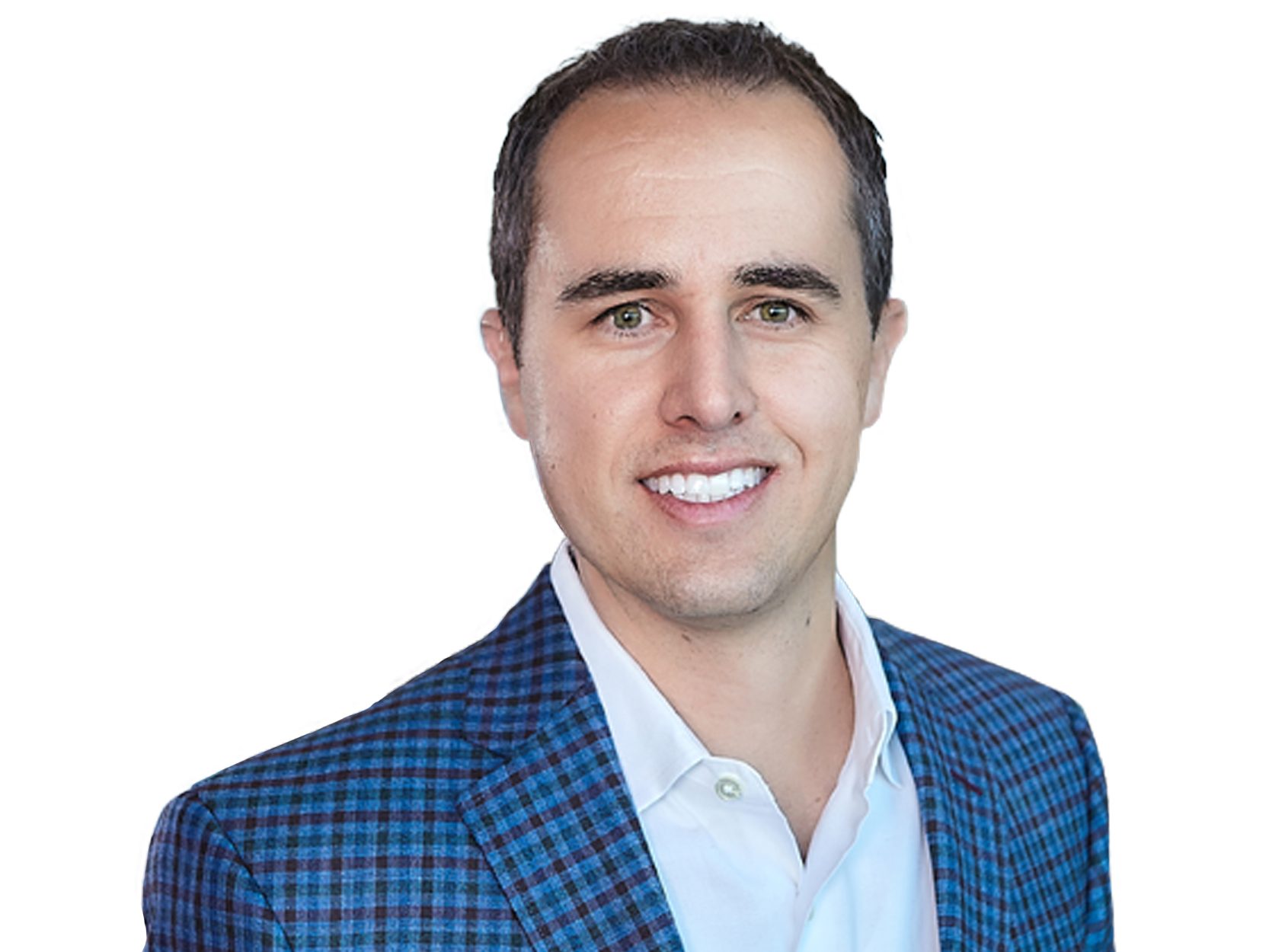

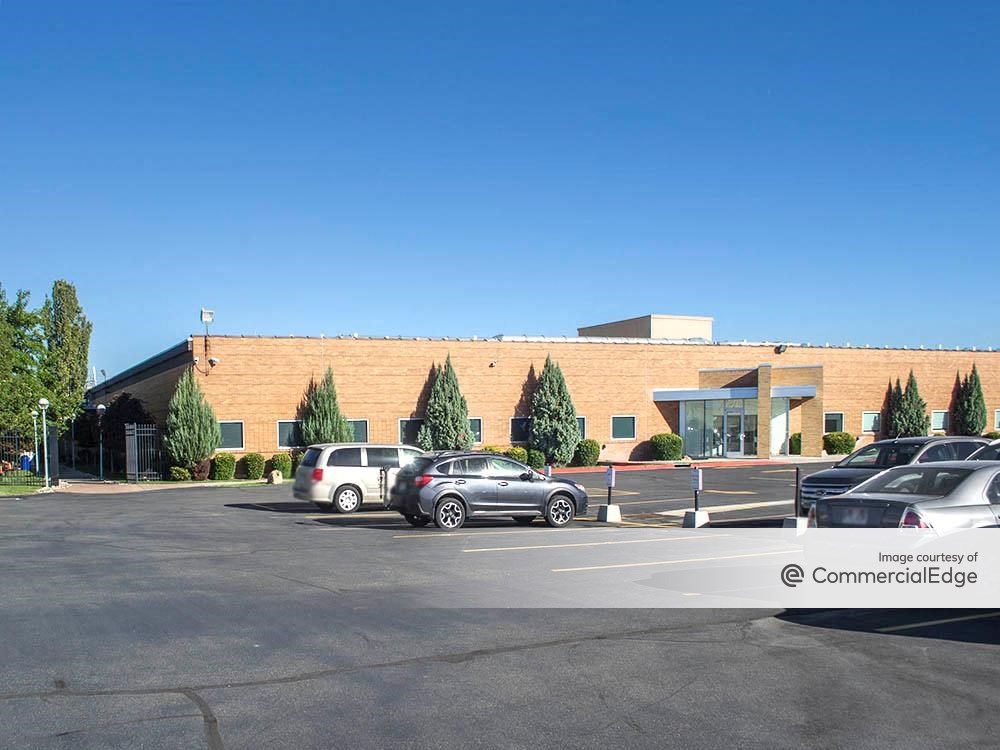
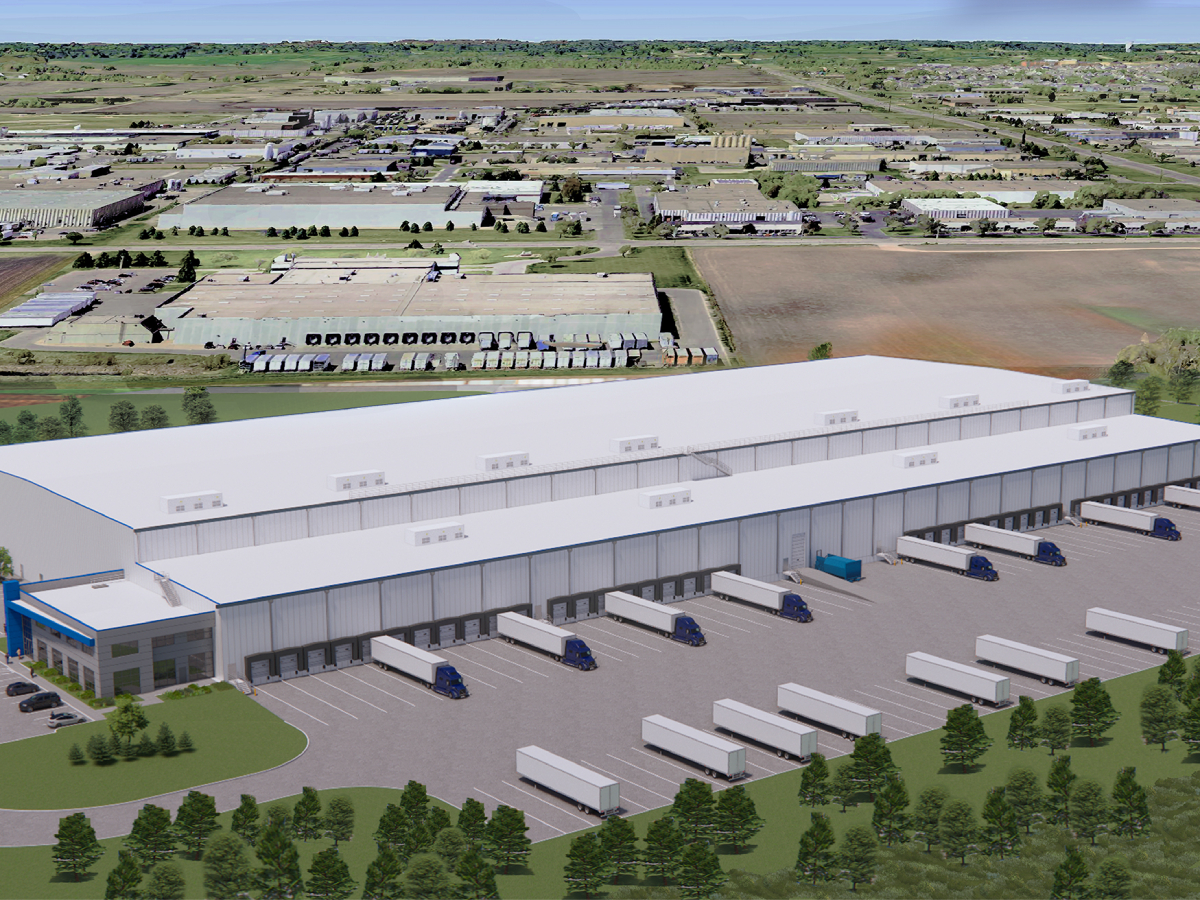
You must be logged in to post a comment.